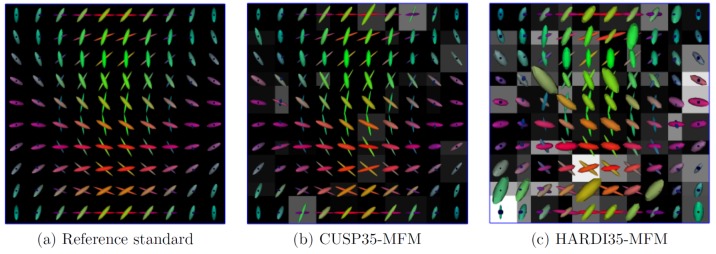Figure 4. Qualitative evaluation of CUSP-MFM.
(a) One hundred synthetic tensors crossing at  in various configurations. (b) Estimated tensors with a CUSP35 gradient encoding scheme (SNR =
in various configurations. (b) Estimated tensors with a CUSP35 gradient encoding scheme (SNR =  dB) superimposed on the first tensor's fraction
dB) superimposed on the first tensor's fraction  (window:
(window:  ; level
; level  ). (c) Estimated tensors with the HARDI35 gradient encoding scheme. With a single non-zero b-value (Fig. c), the tensor eigenvalues and the fractions are collinear, leading to a poor multi-fascicle estimate. When using CUSP35 (Fig. b), the system is better determined, leading to a better estimate. Both the tensors and the fraction
). (c) Estimated tensors with the HARDI35 gradient encoding scheme. With a single non-zero b-value (Fig. c), the tensor eigenvalues and the fractions are collinear, leading to a poor multi-fascicle estimate. When using CUSP35 (Fig. b), the system is better determined, leading to a better estimate. Both the tensors and the fraction  are more uniform when using CUSP35-MFM compared to HARDI35-MFM.
are more uniform when using CUSP35-MFM compared to HARDI35-MFM.

